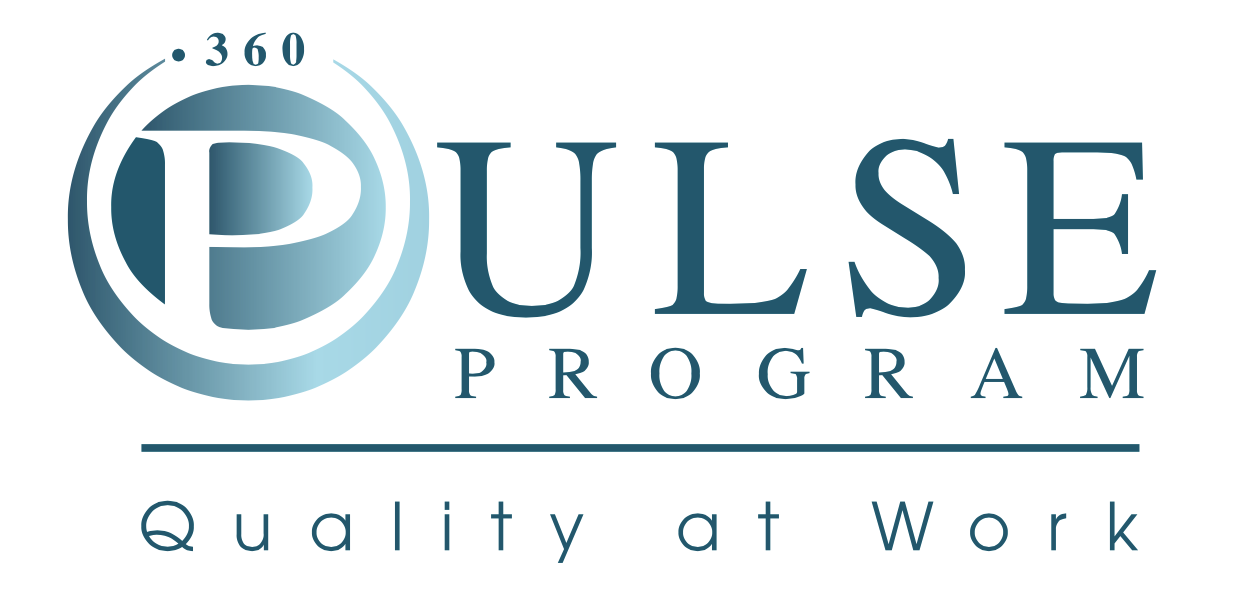 The Agreeability Spectrum: Why Physician Specialties Differ So Much
The Agreeability Spectrum: Why Physician Specialties Differ So Much
Physician leaders frequently wonder if certain personality traits naturally cluster within specific medical specialties. When it comes to “agreeability,” one of the Big Five personality traits associated with cooperation, flexibility, and “getting along” harmony-seeking, the differences can be striking. Let’s explore why surgeons, anesthesiologists, emergency physicians, radiologists, and pathologists tend to score lower on this particular trait, and why this matters for physician leaders.
Surgical Specialties: Decisive, Direct, and (Sometimes) Difficult
Surgeons consistently score lower on agreeability, which might initially seem problematic, but it aligns naturally with the demands of their field. Surgery thrives on assertiveness, confidence, and an ability to prioritize rapid, often unilateral decisions in high-pressure situations. A BMJ Open study (2018) confirmed surgeons as lower in agreeability compared to their colleagues in medical fields, highlighting lower agreeability traits such as emotional detachment and competitiveness.
- Orthopedic Surgery: Known for assertiveness and a results-oriented approach, orthopedic surgery attracts personalities comfortable with getting things done without the usual trappings of “getting along” some some team members may prefer.
- Neurosurgery & Cardiothoracic Surgery: Both require precision, decisive action, and emotional detachment, naturally aligning with lower agreeability.
Emergency Medicine: Rapid Decisions Over Rapport
Emergency physicians similarly show lower agreeability. The chaotic, unpredictable environment demands decisiveness and rapid clinical judgment over collaborative deliberation or prolonged patient relationships. According to Med School Insiders (2023), individuals lower in agreeability naturally gravitate toward specialties where swift action supersedes sustained empathy.
Anesthesiology: Precision Without Pleasantries
Anesthesiologists, who typically work behind the scenes, tend to score lower on agreeability because their role demands meticulous, assertive attention to patient safety rather than sustained interpersonal engagement. PMC’s 2020 study underscores this, showing anesthesiology trainees displaying lower agreeability traits, especially those in high-intensity subspecialties like Critical Care Anesthesiology.
Pathology: Analytical Isolation
Pathologists are often more analytical and less socially interactive, as their focus is diagnostic accuracy rather than bedside empathy. The same Med School Insiders analysis emphasizes that specialties with limited interpersonal demands (like forensic pathology) naturally attract lower-agreeability personalities who value objective, data-driven interactions over emotional connections.
Radiology: Limited Interactions, Greater Independence
Radiologists also skew lower on agreeability due to the solitary nature of their analytical work. While interventional radiology involves more patient and team interaction, its technical precision and occasional assertive communication still favor lower-agreeability individuals.
Lower Agreeability More Likely to Select Surgical Pathways as Medical Students
A 2016 PMC study found Korean medical students choosing surgical paths were notably lower in agreeability compared to their clinical medicine peers, who tend toward higher empathy. Similarly, a 2020 Croatian PMC study showed anesthesiology and emergency medicine students reflecting lower-agreeability profiles, likely due to the demands for decisiveness and independence inherent in their roles.
Specialties with Higher Agreeability: Emphasizing Empathy, Long Term Patient Relationships, and Collaboration
While certain specialties tend to attract individuals with lower agreeability, others naturally appeal to physicians who thrive in cooperative, harmonious environments, and are further drawn to specialties with long term patient relationships, as opposed to the single-engagement leanings found in more intense and high-stakes specialties.
Extremely high agreeability might be described as Soothe Only, while extremely low agreeability might come off to others as Solve Only, while the rest are placed somewhere on a spectrum of Solve AND Soothe, with the low agreeability leaning toward Solve first and the high agreeability toward Soothe first.
Research consistently highlights these specialties for their higher agreeability traits:
- Pediatrics: Known for its collaborative approach, pediatrics attracts physicians who value empathy, patience, and teamwork, essential when working closely with families and young patients.
- Psychiatry: Strong interpersonal skills, emotional intelligence, and the ability to build trustful, therapeutic relationships are core to psychiatry, aligning naturally with high agreeability.
- Family Medicine: Family physicians prioritize long-term relationships, preventive care, and patient-centered communication, typically scoring higher on agreeability measures.
- Internal Medicine (Primary Care): Primary care internists often demonstrate higher agreeability, given their focus on patient rapport, comprehensive care, and ongoing collaborative relationships with multidisciplinary teams.
- Geriatrics: Caring for older adults requires empathy, compassion, and patience—traits strongly correlated with higher agreeability.
Is High Agreeability Always an Advantage? Not Necessarily.
While higher agreeability is beneficial for fostering harmony, collaboration, and positive interpersonal relationships, it also carries potential many drawbacks, especially in high-stakes or critical clinical settings:
-
- Difficulty with Confrontation: Highly agreeable physicians may struggle to deliver necessary but tough feedback, potentially allowing performance issues or errors to persist longer than ideal.
- Overcommitment and Burnout: Physicians high in agreeability often have trouble setting firm boundaries, frequently agreeing to extra tasks or shifts, which can lead to increased stress, exhaustion, and eventual burnout.
- Avoidance of Necessary Conflict: Agreeable individuals might shy away from necessary professional conflicts, risking unresolved disagreements or suboptimal clinical decisions due to excessive compromise in the aim of avoiding friction/conflict.
- Delayed Decision-Making: Prioritizing consensus can slow decision-making processes, potentially hindering timely action in critical medical situations.
- Reluctance to Assert Expertise: Overly agreeable physicians may hesitate to firmly assert their expert opinions, particularly when faced with dominant personalities or hierarchical pressure, which can compromise patient safety or optimal clinical outcomes.
Recognizing these potential pitfalls helps physician leaders appreciate the nuanced value that lower agreeability can bring (such as decisiveness, clear communication, and willingness to address tough issues head-on) in healthcare settings.
5 Tips for Physician Leaders Managing Low-Agreeability Team Members:
- State Expectations Clearly and Early: Use explicit, concrete language when setting expectations. Instead of saying, “We should improve patient safety,” say, “Complete the patient safety checklist before every procedure.”
- Give Objective, Specific Feedback: Avoid vague or emotional feedback. Rather than “Your attitude is disruptive,” try, “When you interrupt during rounds, it slows us down. Please wait until others finish speaking.”
- Create Opportunities for Independent Decision-Making: Allow low-agreeability physicians to lead specific tasks or projects independently. Clearly define the goals, timelines, and deliverables, and trust them to handle the details.
- Establish Structured Communication Protocols: Set clear protocols for communication, such as scheduled one-on-one meetings, brief daily huddles, or regular email updates, to minimize misunderstandings and reduce conflict.
- Use Forward-Looking Language for Corrections: Instead of dwelling on past mistakes, frame corrections positively toward future improvements. For instance, say, “In future cases, please double-check the equipment list before surgery to ensure everything is ready,” rather than focusing on past oversights.
Why Does It Matter?
First of all, individuals vary. You will certainly find high agreeability surgeons and low agreeability pediatric specialists out there. However, these are very strong patterns that PULSE has noticed over our 25 years of healthcare-specific 360 feedback and coaching.
Low agreeability isn’t inherently negative at all. In fact, it’s often an advantage in medical environments where skepticism, independence, and assertiveness can save lives. Physician leaders equipped with this knowledge can better navigate interpersonal dynamics, anticipate conflicts, and tailor communication strategies to harness the strengths of their less agreeable colleagues effectively.
Do You Need Personalized Insights?
Curious about your own personality profile or the profiles of physicians on your team? Explore our Leadership Compass Assessment, dialed in specifically for physician leaders. Gain insights, improve communication, and strengthen your team’s effectiveness.
